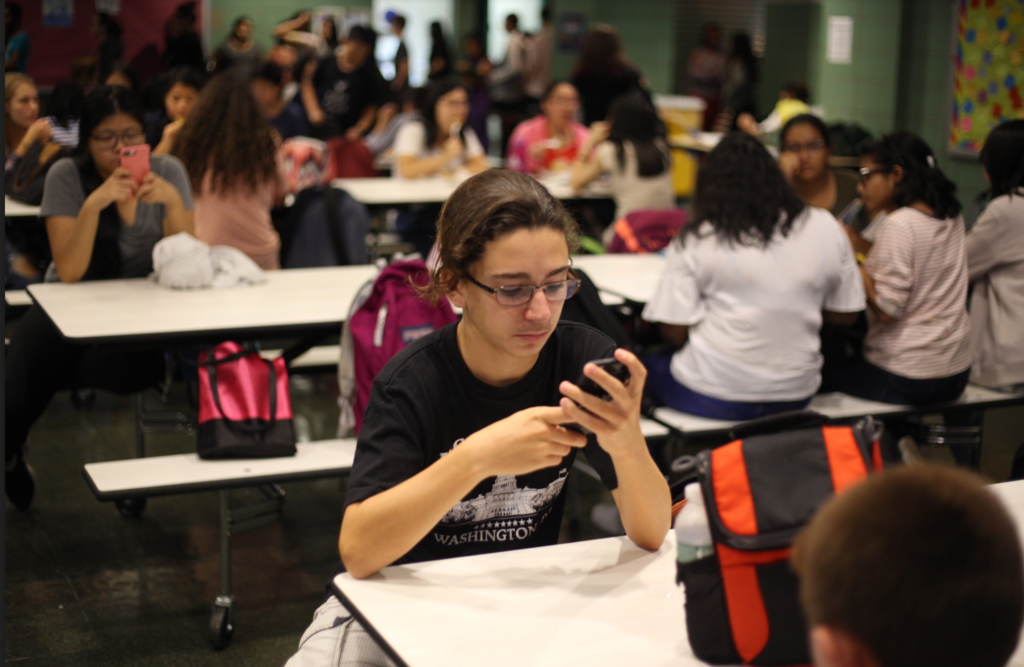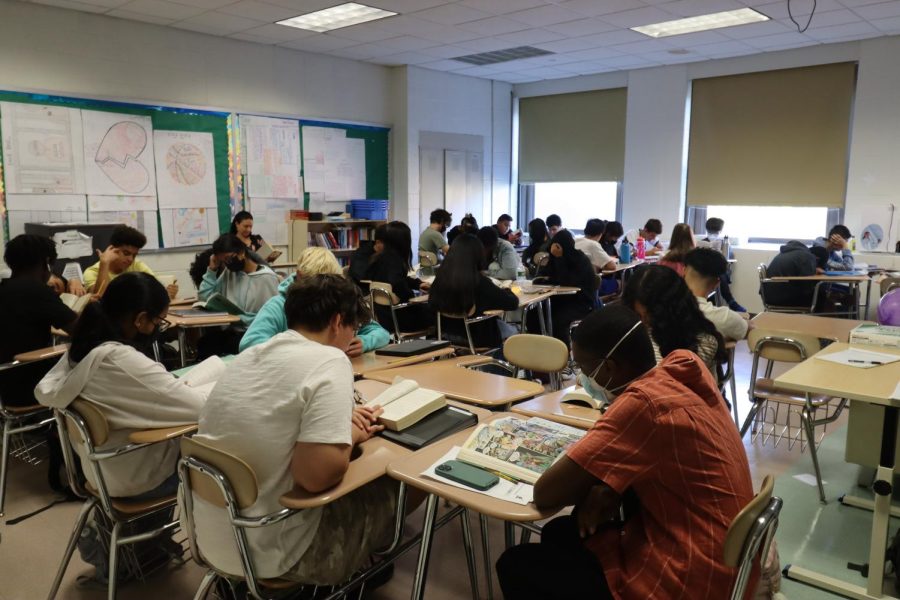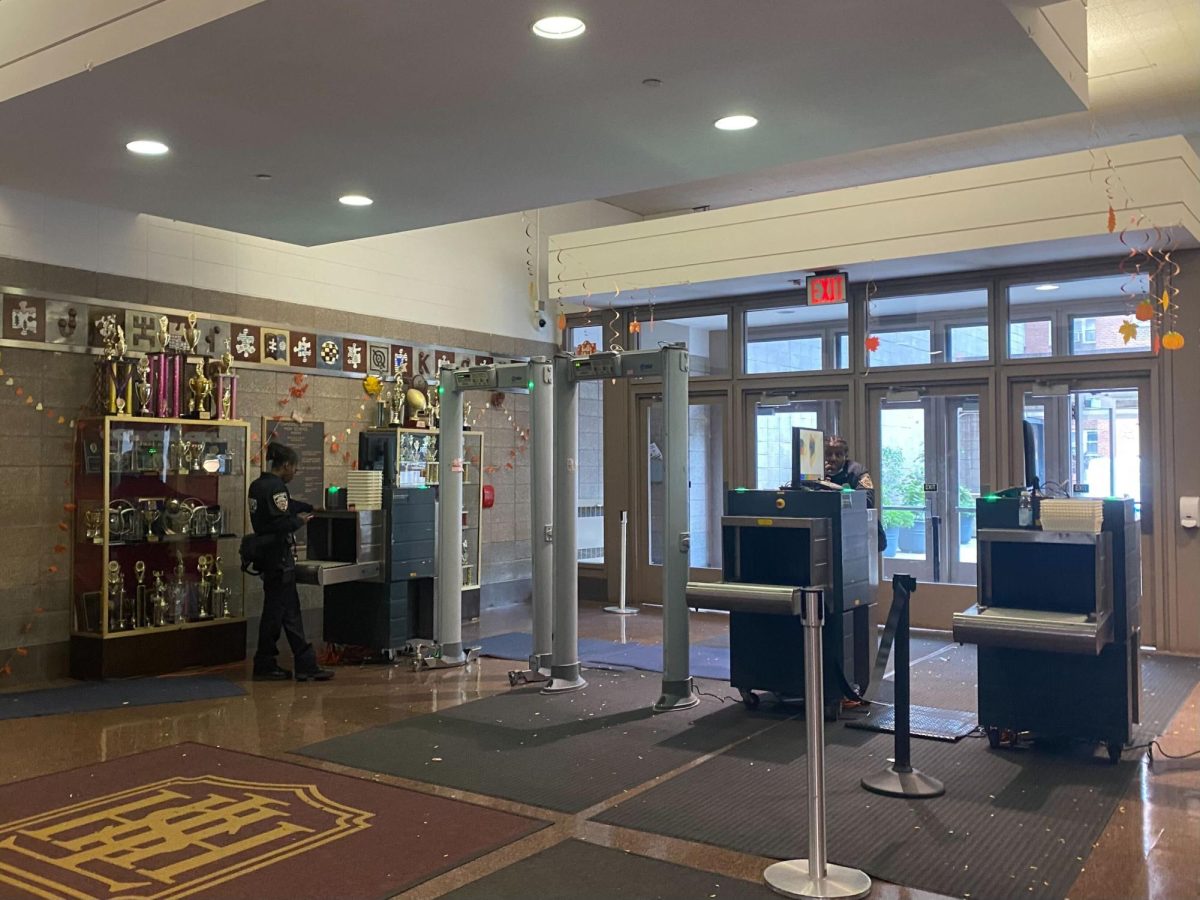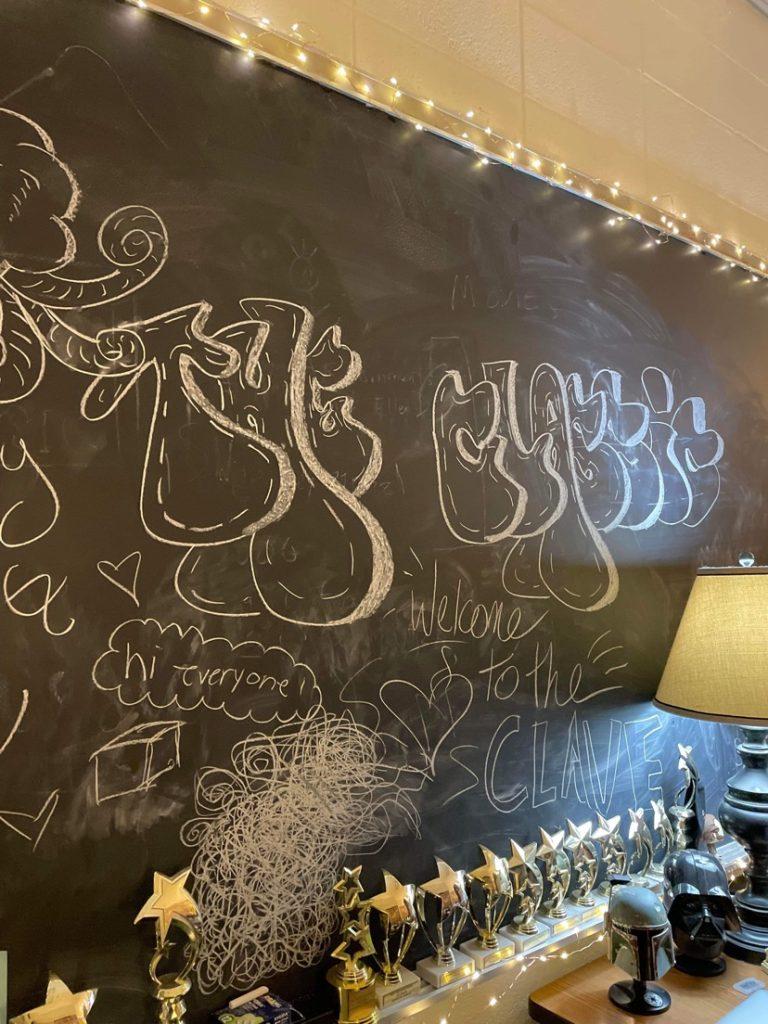
“The Townsend Harris dress code has been devised to promote a positive learning atmosphere and a wholesome attitude for each student and the school as a whole.”
Students have been told this for years. But are positive learning and wholesome attitudes unattainable if a girl next to me shows her shoulders? Although not explicitly stated, this is exactly what the dress code implies. More than that, it is what the school faculty enforces every year as the weather begins to warm up. When the annual email gets sent out, you can hear the collective groans of the female student body as they are forced to prepare for the worst in the coming months. The groans come from the female side of the student body because, as people have argued for years, the dress code is sexist and discriminatory.
The numbers don’t lie.
In a survey conducted by The Classic’s news department during the 2017- 2018 school year, 90% of the students who reported receiving demerits for breaking the dress code are females. A mere 5% of those reporting that they received demerits are male.
Although one can argue that there are more females than males in the school population, the numbers presented suggest that the female student body is impacted more heavily relative to the overall population.
Moreover, the numbers show that females at THHS, even when following the dress code, are disproportionately impacted.
Time and again, students have suggested that the code disproportionately applies to women; our news department’s reporting gives concrete numbers to these accusations.
The New York City Department of Education has a program called Implementing Respect For All, which states that “the ability of students to learn and meet high academic standards and a school’s ability to educate its students are compromised by discrimination or harassment, including bullying, taunting and/or intimidation.” This is responding to the state’s Respect For All Act, which says that discrimination in any way, shape, or form is intolerable in schools.
The dress code has been shown to target girls much more often compared to their male counterparts, and the SU should make the argument to those responsible for implementing Respect for All that these rules apply to our school’s dress code.
There are three scenarios in which females are targeted more than males because of the dress code: financially, time-wise, and emotionally.
Unlike most males, many members of the female student body must have two separate wardrobes, half of which contains clothes based on their personal style and the other half full of clothes considered dress code appropriate.
Males, on the other hand, only have to worry about what they feel like wearing, as both their casual and fashion forward outfits rarely clash with the dress code. If males in the school do not have to purchase a separate wardrobe with the dress code in mind, the females shouldn’t be put in a different position.
While guys can just throw on outfits, girls have to lay out multiple outfits. With each outfit comes trying the items on and measuring the length of our pants with an I.D. card.
It may seem like a small concern, but the time it takes a girl to get ready in the morning should not at all be impacted because of school rules when males are not similarly impacted.
Even though the rules put in place are meant to ensure a safe environment, the female student body can’t help but feeling as if all eyes are on their shoulders or knees as they walk down the halls. Yes, female students do frequently break the code and attempt to avoid being caught; they do not do this to avoid getting demerits, they do it because the prying eyes of the administration makes them feel uncomfortable in the clothes they choose to wear.
They should not be made to feel as if they are dolls in a game of dress-up with the administration. Many students have expressed the anxiety and fear they experience regularly and that is simply not indicative of fostering a safe environment.
In light of the past year, it is clear that we live in a culture that encourages women to maintain their silence in light of injustice. School, as an extension, is proving to students that what is happening to women in the world is acceptable.
Women in Townsend Harris must resort to measuring their legs in accordance to the hems of their skirts in order for them to be accepted into the building.
Much like measuring a slab of meat for its worth, girls are forced into the mindset that they are not worthy to learn in a safe environment if the skirt they wear exceeds a mere three inches above their knee.
Women at Townsend Harris begin their lives as Harrisites at the age of 14. For the next four years of their life, they are supposed to take what they learn in school and develop a sense of self. With a restrictive dress code and environment that encourages discriminatory behavior, it is more challenging for girls to recognize their self-worth during a critical period of development.
Truth be told, if someone were to wear something really inappropriate, social interactions would lead to better choices. Arbitrary rules written by those who do not wear what is advertised for people of our age group lead to unnecessary fingers being pointed.
Change needs to happen. There is no way for this to happen without action taken by the Student Union. For years, the SU has brought student concerns to school administration, but nothing has yet to happen.
We are calling on the SU to make a case to governing bodies above the THHS administration that is legally bound to ensure that students face no discrimination, in any form, during their school experience. Multiple professional media outlets should also be contacted to amplify voices of students who feel that this is an injustice that causes our female student body to feel singled out and under the watch of the school’s administration.
There is evidence to be presented now, evidence that shows that there is a clear difference in what it is like to learn in an environment as a female versus as a male. In the words of Townsend Harris himself, doors should always be open to all, with “no distinction save that of industry, good conduct, and intellect.” Nowhere does it say in the fabric of the school’s beliefs that shoulders and skirts are a determining factor of our right to a stress free educational environment.
We are students of Townsend Harris presenting the argument that the Student Union desires, and we are students who would like to finally see a change that would leave our school better than we found it.


































